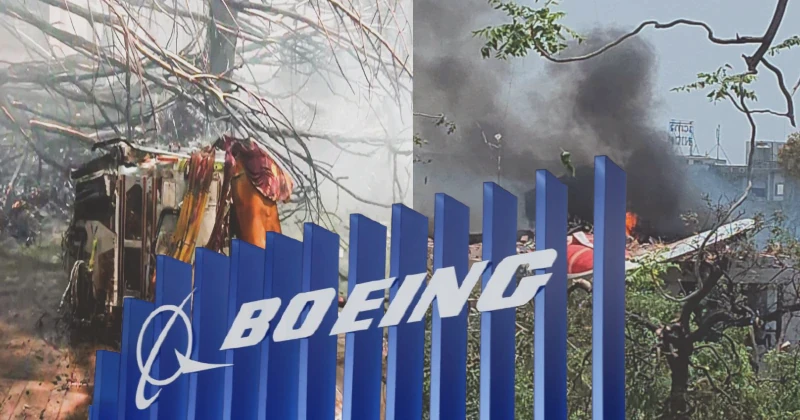The aviation world was stunned on June 12, 2025, when Air India Flight AI171, a Boeing 787-8 Dreamliner bound for London Gatwick, crashed minutes after takeoff from Ahmedabad’s Sardar Vallabhbhai Patel International Airport, claiming the lives of 241 passengers and crew members. This catastrophic incident represents not only an immeasurable human tragedy but also a pivotal moment in commercial aviation history, as it marks the first fatal accident involving Boeing’s technologically advanced 787 Dreamliner aircraft since the model entered service over a decade ago. The crash has sent shockwaves through the global aviation community, raising urgent questions about aircraft safety, manufacturer accountability, and the effectiveness of current regulatory oversight systems.
The magnitude of this disaster cannot be understated, as it ranks among the deadliest aviation accidents in recent years and represents a significant blow to the reputation of both Boeing and the newly privatized Air India under Tata Group ownership. With 242 souls on board including 169 Indian nationals, 53 British citizens, seven Portuguese nationals, and one Canadian, the international nature of this tragedy has drawn worldwide attention to the circumstances surrounding the crash.
The lone survivor’s miraculous escape from this devastating accident provides a glimmer of hope amid overwhelming grief, while simultaneously highlighting the catastrophic nature of the incident that claimed so many lives within minutes of departure. As investigators work tirelessly to uncover the root causes of this tragedy, the aviation industry faces renewed scrutiny over safety protocols, manufacturer transparency, and the balance between technological advancement and passenger protection.
Table of Contents
The Tragic Timeline of Air India Flight AI171
Air India Flight AI171 departed Ahmedabad’s Sardar Vallabhbhai Patel International Airport at 1:38 PM local time on June 12, 2025, carrying 242 passengers and crew members on what should have been a routine journey to London Gatwick Airport. The Boeing 787-8 Dreamliner, registered as VT-ANB, represented the pinnacle of modern aviation technology, equipped with advanced safety systems and engineered to the highest industry standards. The aircraft’s scheduled arrival time of 6:25 PM local time (1:25 PM ET) in London would never be reached, as the flight’s trajectory took a catastrophic turn within minutes of takeoff.
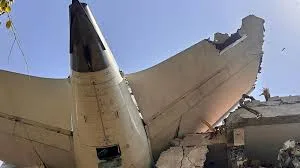
Witnesses on the ground reported seeing the aircraft in apparent distress shortly after departure, with some accounts describing unusual flight patterns and possible mechanical issues before the devastating impact. The Boeing 787-8 crashed into a residential area of Ahmedabad, specifically striking a college hostel building, which resulted in additional casualties beyond those on board the aircraft. Emergency response teams rushed to the scene, but the severity of the impact and subsequent fire made rescue operations extremely challenging, with firefighters and emergency personnel working tirelessly to search for survivors and recover victims from the wreckage.
The crash site presented a scene of utter devastation, with aircraft debris scattered across a wide area and significant damage to ground structures. Local authorities confirmed that between 30 and 35 additional casualties occurred on the ground when the aircraft struck the residential building, adding to the already staggering death toll. The single survivor’s condition and identity remain closely guarded by medical personnel, as authorities work to piece together the final moments of Flight AI171 through eyewitness accounts, air traffic control recordings, and preliminary examination of the wreckage.
Boeing 787 Dreamliner Safety Record Under Scrutiny
The Boeing 787 Dreamliner has maintained an exemplary safety record since its commercial introduction, with no previous fatal accidents despite widespread deployment across global airlines and millions of flight hours accumulated over more than a decade of service. This sterling safety record made the Air India crash particularly shocking to aviation experts, who had come to regard the 787 as one of the safest aircraft in commercial aviation. The Dreamliner’s advanced composite construction, sophisticated flight management systems, and redundant safety features were specifically designed to prevent the type of catastrophic failure that occurred in Ahmedabad.
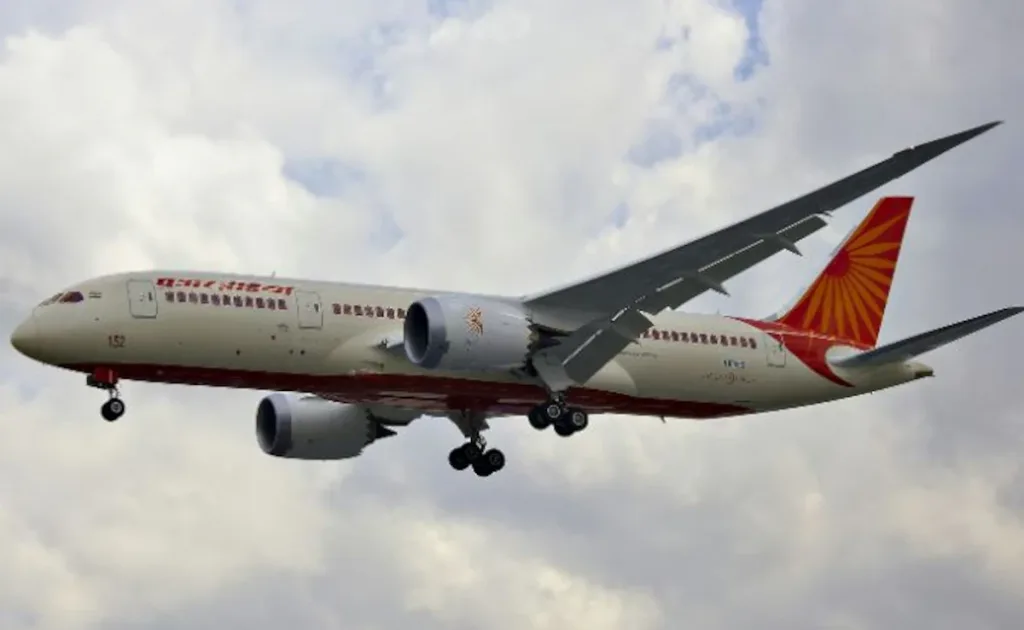
However, the aircraft has not been without controversy throughout its operational history. An FAA audit revealed multiple issues in production practices and cited “gaps” in the company’s safety culture, including a disconnect between management and frontline employees and widespread fear of retaliation for reporting safety concerns. These concerns have been raised by industry whistleblowers who warned about potential manufacturing defects and quality control issues that could have devastating consequences for passenger safety.
The 787’s development and early operational years were marked by significant challenges, including the 2013 worldwide grounding due to battery fires and various technical issues that delayed the program by years and cost Boeing billions of dollars. While these issues were reportedly resolved through extensive redesign and testing, the Air India incident has renewed focus on whether all potential safety concerns were adequately addressed. Aviation safety experts are now calling for comprehensive reviews of 787 manufacturing processes, maintenance protocols, and operational procedures to ensure that this tragedy was an isolated incident rather than a symptom of systemic issues within Boeing’s safety culture.
Tata Group’s Air India Transformation Challenges
The timing of this tragic accident is particularly significant for Tata Group, which acquired Air India from the Indian government in 2022 as part of an ambitious plan to transform the struggling state-owned carrier into a world-class airline. The conglomerate invested heavily in modernizing Air India’s fleet, improving service standards, and rebuilding the airline’s reputation after years of operational difficulties and financial losses under government ownership. The Boeing 787 Dreamliner fleet represented a cornerstone of this transformation strategy, symbolizing Air India’s commitment to operating modern, efficient, and safe aircraft on international routes.
Tata Group’s acquisition of Air India was heralded as a homecoming of sorts, as the company originally founded the airline in 1932 before it was nationalized in 1953. The group’s vision for Air India included significant investments in new aircraft, staff training, and infrastructure improvements designed to restore the carrier’s position as a premium international airline. The company had successfully merged Air India with Vistara, its joint venture with Singapore Airlines, creating a unified full-service carrier with an expanded route network and enhanced operational capabilities.
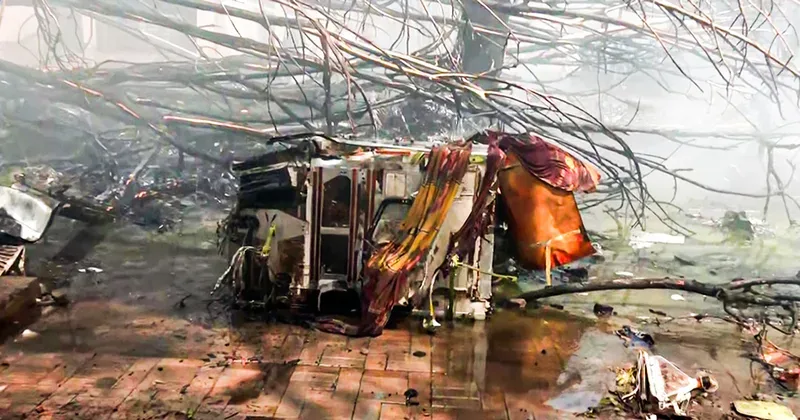
The crash of Flight AI171 represents a severe test of Tata Group’s leadership and crisis management capabilities, as the company faces intense scrutiny over its safety protocols, pilot training programs, and aircraft maintenance procedures. While it is too early to determine whether any aspect of Air India’s operations under Tata ownership contributed to this tragedy, the incident has undoubtedly damaged the carefully cultivated image of a revitalized airline and raised questions about the pace and effectiveness of the transformation process. The company’s response to this crisis will likely define its future relationship with passengers, regulators, and the broader aviation community.
Investigation Focus and Industry Implications
Aviation safety investigators from multiple agencies, including India’s Directorate General of Civil Aviation (DGCA), the Aircraft Accident Investigation Bureau (AAIB), Boeing technical teams, and potentially international aviation safety experts, are working collaboratively to determine the exact cause of the Air India crash. The investigation will focus on multiple potential factors, including mechanical failure, pilot error, weather conditions, air traffic control communications, and maintenance records. The aircraft’s flight data recorder (black box) and cockpit voice recorder, if recovered intact, will provide crucial insights into the final moments of Flight AI171 and help investigators understand the sequence of events that led to this catastrophic outcome.
The Boeing 787 Dreamliner is one of the most advanced jets in service and experts say it has a generally strong safety record, with no previous fatal accidents. This unprecedented nature of a fatal 787 accident has prompted Boeing to dispatch technical specialists to assist with the investigation while simultaneously conducting internal reviews of 787 design, manufacturing, and operational procedures. The company’s new CEO Kelly Ortberg, who had been preparing for the Paris Air Show, was forced to shift focus to crisis management as Boeing’s stock price declined following news of the crash.
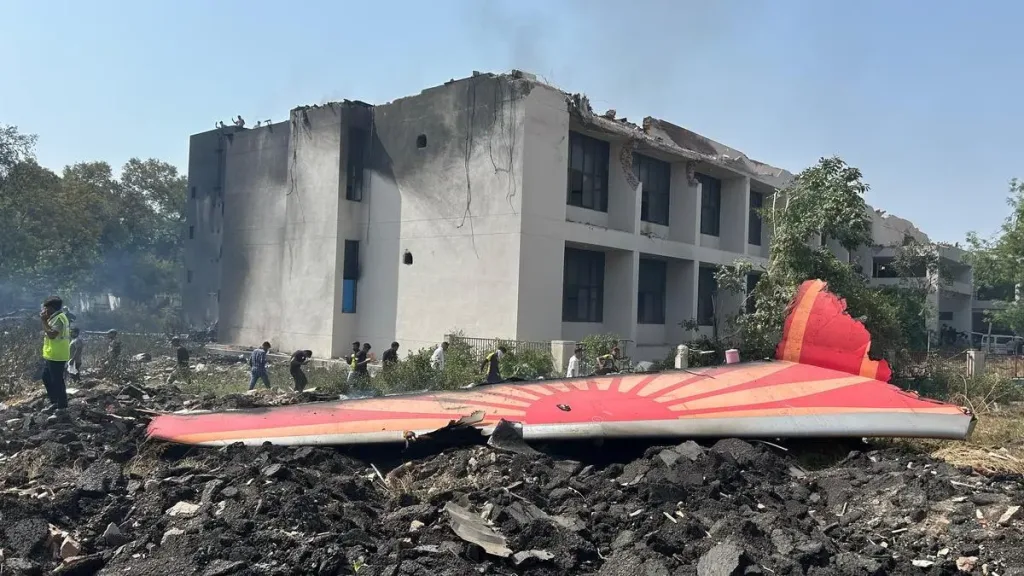
The broader implications of this accident extend far beyond Boeing and Air India, as the entire aviation industry grapples with questions about the effectiveness of current safety oversight systems and the adequacy of pilot training for advanced aircraft systems. Airlines operating 787 Dreamliners worldwide are reviewing their safety protocols and maintenance procedures, while regulatory agencies are considering whether additional safety directives or operational restrictions are necessary. The incident has also reignited debates about the balance between aircraft automation and pilot control, particularly in emergency situations where quick human decision-making may be crucial for passenger survival.
Regulatory Response and Safety Enhancements
Aviation regulatory authorities worldwide are closely monitoring the investigation into the Air India crash while preparing potential safety directives that could affect 787 operations globally. The Federal Aviation Administration (FAA), European Union Aviation Safety Agency (EASA), and other international regulators are coordinating their response to ensure that any safety concerns identified during the investigation are promptly addressed across all 787 operators. This collaborative approach reflects the interconnected nature of modern aviation safety, where lessons learned from one incident must be rapidly disseminated to prevent similar tragedies elsewhere.
The investigation’s findings will likely lead to enhanced safety protocols, revised training requirements, and potentially design modifications for the 787 fleet. Airlines operating Dreamliners may face new operational restrictions or mandatory inspections while investigators work to determine whether this accident represents an isolated incident or indicates broader systemic issues. The aviation industry’s response to this tragedy will test the effectiveness of current safety management systems and may result in fundamental changes to how advanced aircraft are designed, manufactured, and operated.
Know the Boeing 787-8 Dreamliner Involved in the Air India Flight AI171 Crash
Frequently Asked Questions
Q: Was this really the first fatal Boeing 787 Dreamliner accident?
A: Yes, the Air India Flight AI171 crash marked the first fatal accident involving a Boeing 787 Dreamliner since the aircraft entered commercial service over a decade ago. Despite the 787’s widespread use by airlines worldwide and millions of flight hours, this tragic incident represents the first time the aircraft type has been involved in a fatal accident, making it a significant milestone in aviation safety history.
Q: How many people survived the Air India Boeing 787 crash?
A: Only one passenger survived out of the 242 people on board Flight AI171, with 241 passengers and crew members confirmed dead. The lone survivor’s miraculous escape from this devastating crash provides the only firsthand account of the aircraft’s final moments, though their condition and identity remain protected by medical authorities.

